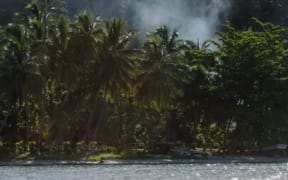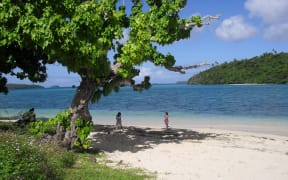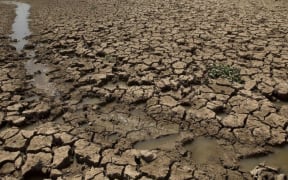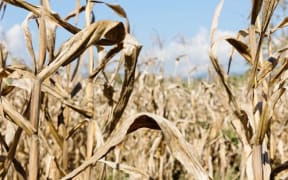A specialist in Papua New Guinea agriculture and food says during the El Niño weather pattern countries need to be prepared to deal with disease.
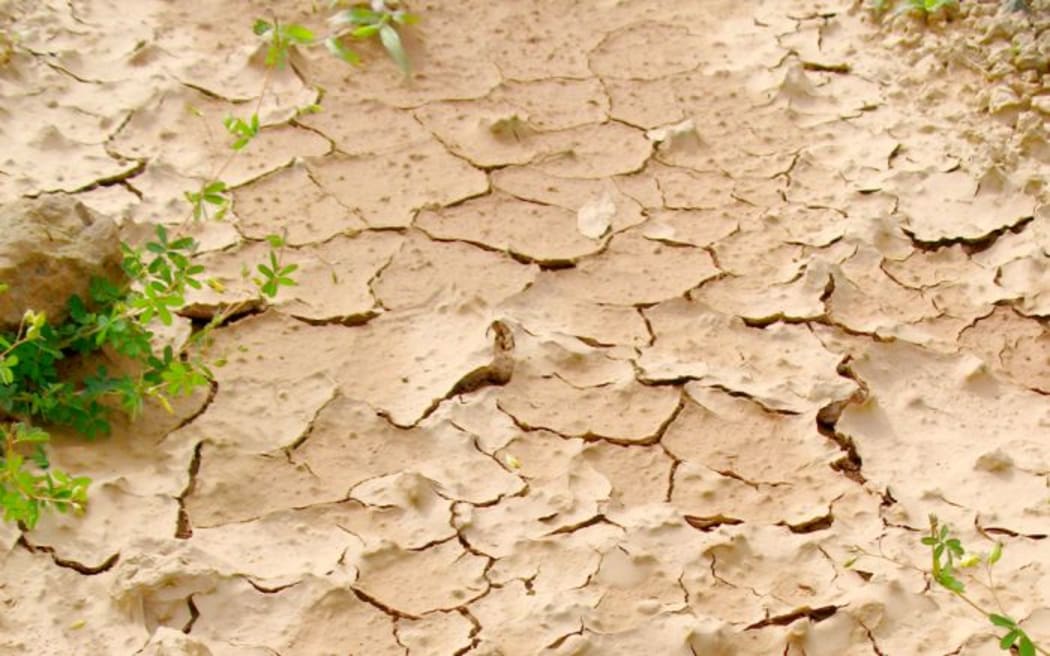
Papua New Guinea Highlands affected by drought. Photo: Supplied
Mike Bourke says although the focus is on supply of water and food, there is the inevitable risk of disease that results from drought.
Disaster officials in Papua New Guinea, Solomon Islands, Fiji, Vanuatu and Tonga have reported this week that the situation is already bad and they are expecting it to get worse.
Mike Bourke says remote areas such as those in Vanuatu's south, worst affected by Cyclone Pam, will need attention, particularly with treatment of disease.
"So these are water-borne diseases because people are drinking water that may be contaminated. They might be washing less than they normally do, so typhoid in particular, but other water-borne diseases. But then what we've seen already in PNG is an increase in diarrhea and in the past an increase in dysentery."
Mike Bourke says malaria risk also increases as rivers dry up leaving small stagnant pools for mosquitos to breed.
El Niño's toll on Tonga's taro
Meanwhile, Tonga's agriculture ministry says about 80 percent of locally-grown taro crops will be damaged by this year's El Niño weather pattern.
Dr Viliami Manu says it is already evident that crop yields are decreasing, and he is encouraging farmers to grow smaller quantities of taro so they can be more easily watered.
Dr Manu says yam crops are also expected to be affected, while pumpkins and other kinds of vegetables should be able to stand the heat.
Much of the country is already affected by drought and authorities are expecting things to get worse, with the El Niño system expected to last well into next year.
